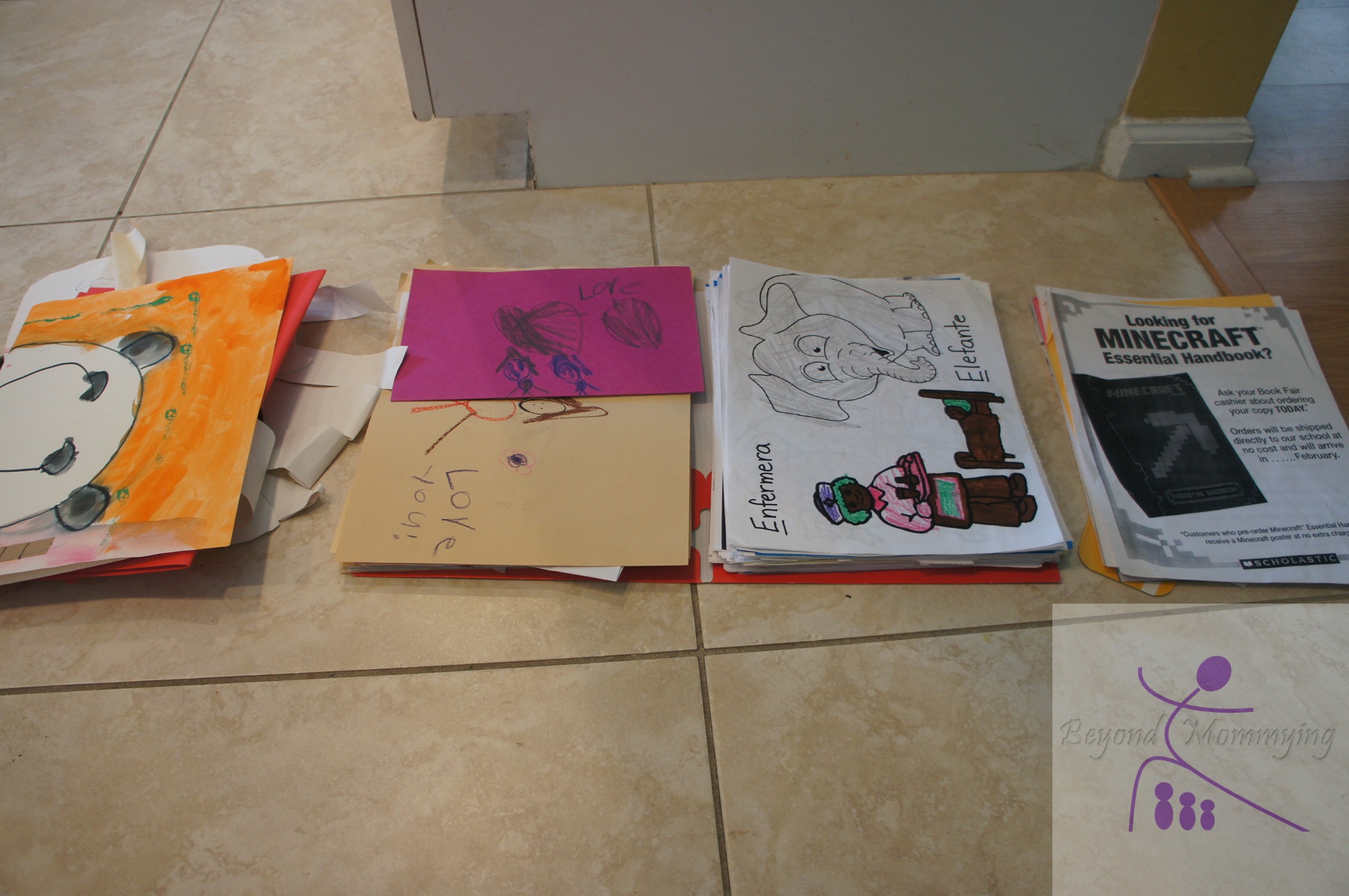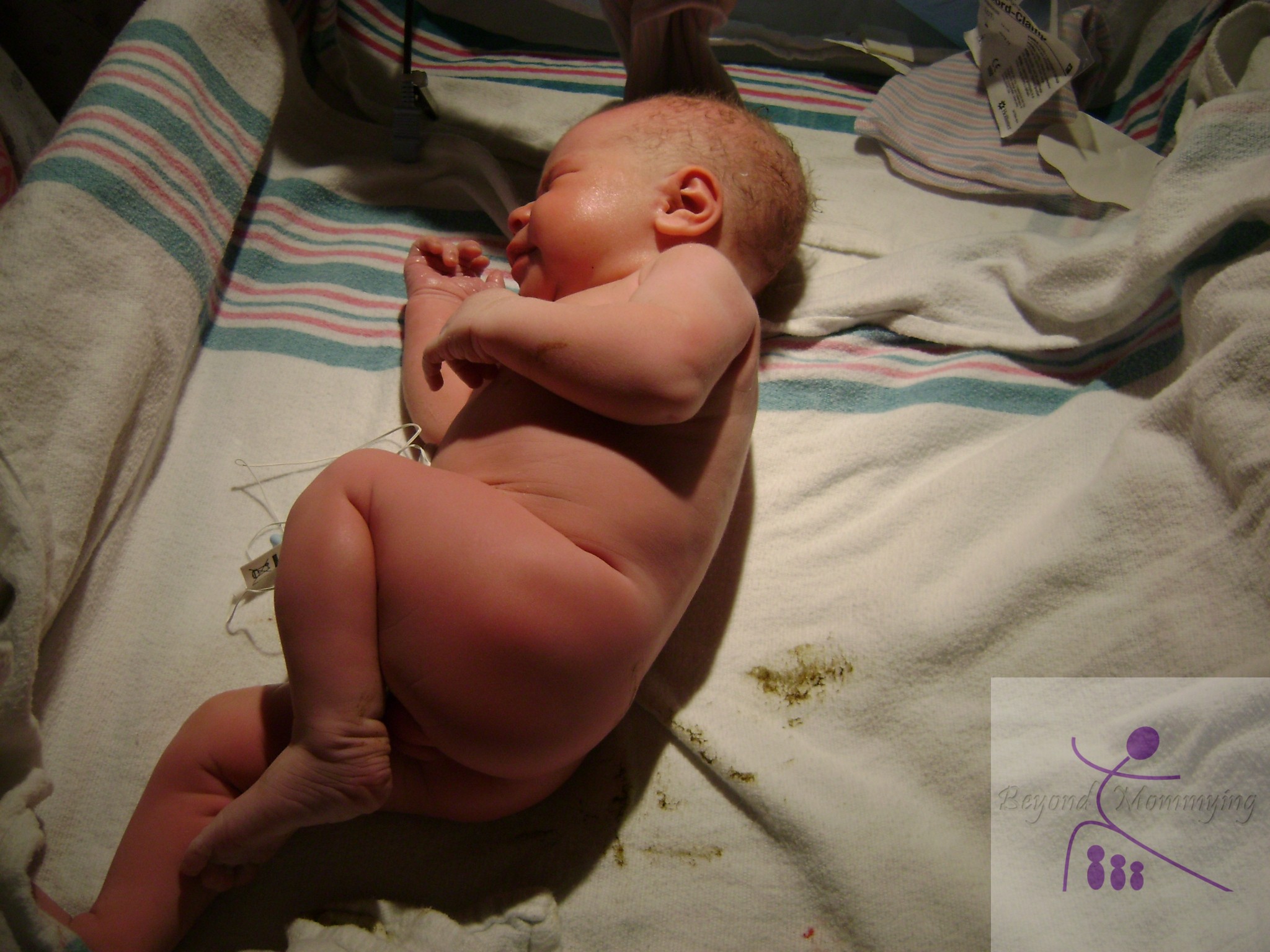I’ve used the term “developmentally appropriate” quite a few times when talking about young children, typical behavior, milestones and education. The term is one often used in early childhood education settings to help explain what young children are expected to do, what correlates to their stage of development and what is typically appropriate for a child of a certain age or ability.
The extended term “Developmentally Appropriate Practice” (shortened to DAP in the early childhood education field) describes what educators and parents do that promote the typical development of the child. The National Association for the Education of Young Children (NAEYC–a leading early childhood education group) describes DAP as:
an approach to teaching grounded in the research on how young children develop and learn and in what is known about effective early education. Its framework is designed to promote young children’s optimal learning and development.
DAP involves teachers meeting young children where they are (by stage of development), both as individuals and as part of a group; and helping each child meet challenging and achievable learning goals.
Using developmentally appropriate practices means having and understanding of child development and how young children learn; understanding what is appropriate for each child; and understanding what is culturally important to each child, family, institution and community.
NAEYC suggests these 10 strategies for developmentally appropriate instruction and interactions:
- Acknowledging what children do and say.
- Encouraging effort and persistence in place of evaluation or praise (more information here)
- Giving specific feedback (see above)
- Model good, appropriate and expected behavior
- Demonstrate the correct way to complete tasks
- Create tasks which challenge children just beyond their current abilities
- Ask questions that make children think
- Support a child’s learning by offering hints or cues on tasks that are on the edge of their understanding
- Share facts and information regularly
- Give directions for children’s behavior worded positively (avoid “no” and “don’t” statements)









I shared your post on twitter! Hope you get some views. Thanks for joining the Bloglovin’ Blog Hop.
Co-Host Carrie
Thanks for the share and thanks for stopping by, Carrie!